Statistics II. - GMEST2EBNF
Academic year/semester: 2024/25/2
ECTS Credits: 4
Available for: Only for the faculty’s students
Lecture hours: 1
Seminarium:0
Practice: 2
Laboratory: 0
Consultation: 0
Prerequisites: -
Course Leader: Dr. Viktor Nagy
Faculty: Keleti Károly Faculty of Business and Management, 1084 Budapest, Tavaszmező utca 17.
Course Description:
Sampling procedures. Statistical estimation: requirements for estimator functions. Interval estimation, confidence intervals for stratified estimation, determination of the number of items in a sample. Hypothesis testing I: errors that can be committed, one-sample tests (for expected value, for variance of two multitudes, for ratio) Hypothesis testing II: two-sample tests (for difference of expected value of two multitudes, for ratio of two multitudes, for equality of two multitudes) Hypothesis testing III: goodness of fit, independence test, analysis of variance. Bivariate correlation and regression calculations. Multivariate correlation and regression. Examination of time series components: additive and multiplicative components, trend calculation, seasonality, adjustment factors, random term, forecasts.
Competences:
Upon completion of this course, students should use the tools and formulas of inferential statistics.
Topics:
1. Sampling: simple random, systematic, cluster, stratified and other sampling.
2. Representativeness. Biased sample, sampling errors. Sampling distributions. Central limit theorem. Standard errors.
3. Point estimate, interval estimate, confidence level, confidence interval, margin of error. Confidence intervals for the mean, proportion and variance.
4. Binomial, normal, t- and chi-square, F distributions.
5. Hypothesis testing I.
With one sample: for the mean, proportion and standard deviation
With two samples: for differences between means and proportions.
6. Hypothesis testing II.
Chi-square tests: goodness-of-fit and test for independence. ANOVA.
7. Test 1
8. Covariance, correlation coefficients, correlation quotient, rank correlation.
9. Bivariate linear correlation and linear/nonlinear regression analysis.
10. Multivariate regression analysis.
11. Time series analysis: moving averages. Time series models: trend, seasonality, cyclic behaviour, randomness.
12. Interpolation and extrapolation.
13. Test 2
14. Makeup exams
Assessment: Grade in this course is calculated numerically based on total points/percentages of the two tests although the instructor may raise or decrease it by one grade based on the active/inactive participation in classes or the level of the homework. Test 1 takes place on 27th March 2024. A maximum of 50 points can be earned. Test 2 takes place on 8th May 2024. A maximum of 50 points can be earned. Students may get homework, which should be handed in until the next lesson or presented in some minutes. If the student does not show up or there is no homework prepared, the total performance decreases by 10 points per homework at the end of the semester before the final grading. Grading: 5 (excellent): 87 – 100 4 (good): 75 – 86 3 (satisfactory): 63 – 74 2 (pass): 51 – 62 1 (fail): 50 or less Should a student accumulate a total of 50 or less, an additional chance is given to him/her to meet the requirements. This make-up exam takes place on 15th May 2024, and consists of all the topics of the semester. Grading: same proportions applied as above displayed.
Exam Types:
Written Exam
Compulsory bibliography: Freedman, David – Pisani, Robert –Purves, Roger (2007): Statistics. W.W.Norton & Company Inc, (4th Edition)
Recommended bibliography: Oakshott, Les (2016): Essential Quantitative Methods: For Business, Management and Finance. 6th Edition, Palgrave Oakshott, Les (2014): Quantitative methods. Palgrave Macmillan Donnelly, Robert (2007): The Complete Idiot`s Guide to Statistics. 2nd Edition, Alpha Swift, Louise and Piff, Sally (2014): Quantitative Methods for Business, Management and Finance, Macmillan Education UK Rumsey, Deborah J. (2011): Statistics For Dummies. 2nd Edition, Wiley Rumsey, Deborah J. (2009): Statistics II for Dummies. Wiley, 2009
Additional bibliography: -
Additional Information: Students are required to attend all classes. In person attendance needed during the semester. (In case of online education, we use Ms Teams. The precondition of practical class attendance is that students have an operating microphone and camera. The camera has to be turned on by default, if otherwise instructed by the lecturer.) Should a student accumulate 5 absences (excused and/or unexcused) in the semester class, he/she will not receive academic credits. Students are required to pass two tests. Students may get homework.



